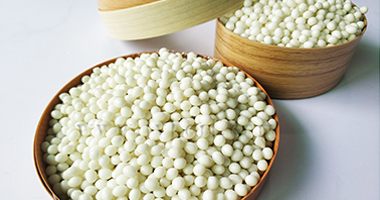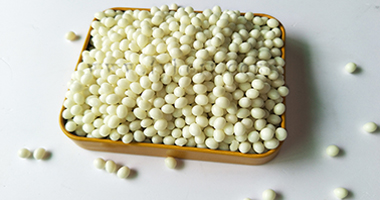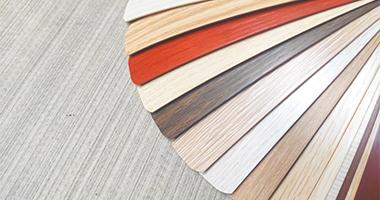How to improve the heat resistance of EVA hot melt adhesive
The EVA hot melt adhesive widely used in the market has a softening point (ring and ball) between 70-75 degrees, and its heat resistance is only about 40-60 degrees. In midsummer, if the heat resistance of hot melt adhesive is low, it is very likely to affect some product industries that need to be placed outdoors or overseas export industries. There is a risk of the product falling off, which has certain limitations. Due to heat resistance, it is relatively a weakness for EVA type hot melt adhesives. To improve the heat resistance of EVA hot melt adhesive, the more common methods are the following: 1. Copolymerize with carboxyl compounds with better heat resistance (such as maleic anhydride); 1. Copolymerize with carboxyl compounds with better heat resistance (such as maleic anhydride);
2. Blend with grafted ethylene oxide (177℃);
3. Ternary copolymerization of ethylene, vinyl acetate, and acrylate (can be used to maintain high adhesion at high temperatures);
4. Add petroleum resin or rosin phenolic resin or terpene resin (used to improve thermal stability);
5. Adding aromatic hydrocarbons as tackifiers to enhance adhesion;
6. Use phenolic resin to improve heat sealability;
7. Add vinyl toluene copolymer and methyl styrene;
The above measures can improve the high-temperature performance of EVA hot melt adhesive and improve the heat resistance of EVA hot melt adhesive. Comprehensively using the above methods, Yide Hot Melt Adhesive has developed high-temperature resistant EVA hot melt adhesives with softening points at 90°C, 100°C, and 120-140°C, which breaks the limitation of low-temperature resistance of EVA hot melt adhesives and caters to different industries. Customer needs.
|
 What are the characteristics of environmentally friendly edge sealing hot melt adhesives?
What are the characteristics of environmentally friendly edge sealing hot melt adhesives?
 Appearance And Prospect Of Edge Sealing Hot Melt Adhesive
Appearance And Prospect Of Edge Sealing Hot Melt Adhesive
 What kinds of situations often occur when hot melt adhesive particles are used in furniture edge sealing?
What kinds of situations often occur when hot melt adhesive particles are used in furniture edge sealing?
 Reasons for the open edge of the edge band
Reasons for the open edge of the edge band